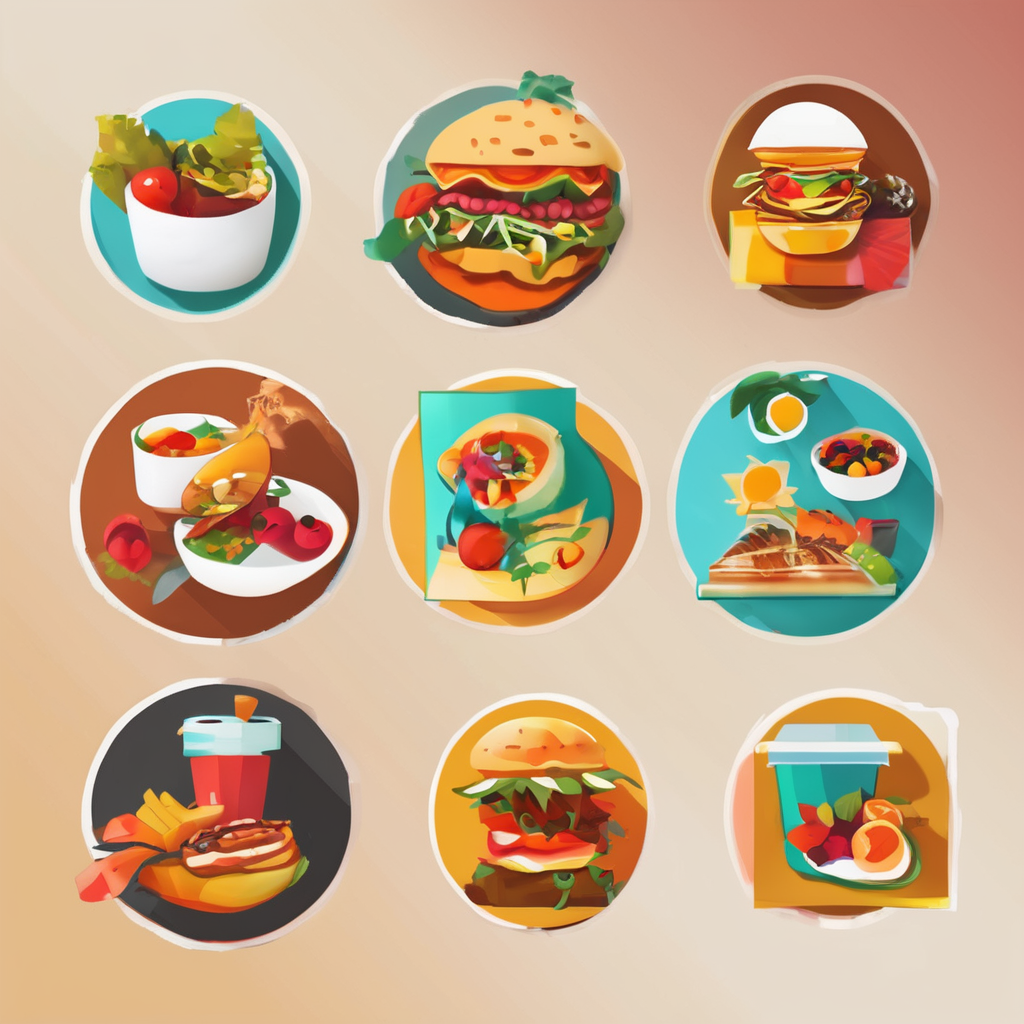Essential Components of Authentic UK Culinary Traditions at Home
Understanding British food culture goes beyond just following recipes; it requires embracing the cultural context that shapes UK traditional recipes. Core ingredients such as potatoes, root vegetables, suet, and dried fruits are fundamental to many classic dishes, forming the backbone of authentic British cooking. These ingredients impart the distinctive flavours and textures that define British cooking essentials.
Authenticity in British cuisine also depends on sourcing genuine UK ingredients. For example, real clotted cream for scones or specific types of oats for porridge elevate a dish’s traditional character. Specialty British shops, both online and local, offer products like Marmite, various chutneys, and unique meats that are difficult to replicate with generic alternatives. Choosing these authentic components ensures the essence of the dish remains true to its origins.
Topic to read : How Can You Transform a UK Kitchen into a Chic Restaurant Bar?
Additionally, respecting the cultural heritage embedded in each recipe helps home cooks appreciate the diversity and history behind British food culture. By combining authentic ingredients with an understanding of their culinary significance, anyone can enjoy producing genuine UK traditional recipes at home, preserving this rich gastronomic legacy.
Step-by-Step Traditional UK Recipes to Try
Discovering classic British recipes like Shepherd’s Pie, Fish and Chips, and Victoria Sponge is central to enjoying genuine UK comfort food. Each dish reflects the heart of British home cooking, blending simple ingredients into iconic UK dishes cherished worldwide.
Also read : How do UK bars leverage social media to increase patronage?
To start, Shepherd’s Pie requires seasoned minced lamb topped with creamy mashed potatoes, baked until golden. Fish and Chips involves battered fish fried to crisp perfection, served with chunky chips and traditional tartar sauce. Victoria Sponge, a quintessential British cake, features layers of light sponge filled with cream and jam.
Mastering these classics calls for attention to detail. For example, perfecting UK baking involves using the right flour and creaming butter and sugar for a fluffy sponge. For savory dishes, slow-cooking meat or double-frying chips enhances texture and flavour.
Adapting recipes is possible without losing authenticity. Substituting meats or using plant-based alternatives can suit dietary preferences while maintaining traditional flavour profiles. This flexibility allows all to enjoy beloved UK dishes, honoring the essence of British food culture while embracing modern needs.
Essential Components of Authentic UK Culinary Traditions at Home
Authentic UK traditional recipes rely heavily on specific British cooking essentials that shape their unique flavours. Core ingredients like root vegetables—parsnips, carrots, and turnips—alongside potatoes, suet, and dried fruits, form the building blocks of many classic dishes. These ingredients provide essential textures and tastes that are distinct from other cuisines, making them crucial for authenticity.
Understanding the cultural context is vital in British food culture. Traditional dishes often reflect regional histories and seasonal availability, which home cooks should respect to capture true authenticity. For example, recipes from northern England might emphasize hearty meats and root vegetables, while southern variations may include more herbs and lighter components.
Sourcing genuine authentic UK ingredients enhances flavour and integrity. Products like clotted cream, specific British cheeses, and classic condiments such as malt vinegar or Marmite carry distinct regional qualities. Specialty British shops and online stores offer these essentials, allowing cooks to maintain the genuine character of their dishes. Choosing the right components is fundamental to honoring British culinary heritage at home.
Techniques and Tools for Authentic British Cooking
Traditional British cooking techniques such as slow roasting, braising, and baking are fundamental to achieving the rich flavours and textures in UK traditional recipes. Slow roasting meats allows fibres to tenderize, while baking, especially cakes like Victoria Sponge, demands precise creaming and folding methods to create delicate, airy textures. Braising stews and pies enhances depth in hearty dishes common in British food culture.
Home cooks need specific UK kitchen tools to replicate these techniques perfectly. Items like a heavy-bottomed roasting pan, a hand whisk for baking, and a sturdy rolling pin are staples. A proper meat thermometer helps ensure dishes like roast beef are cooked to ideal doneness, maintaining traditional flavour profiles. Additionally, an enamel cast-iron pot supports slow cooking, essential for stews and casseroles.
To enhance flavour, British cooks often layer seasoning and incorporate traditional methods like double-frying chips for crispness or soaking suet before use to improve texture. These methods reflect a deep respect for British cooking essentials and help retain authenticity when preparing UK traditional recipes. Mastery of these tools and techniques enriches both everyday and celebratory British home cooking experiences.
Essential Components of Authentic UK Culinary Traditions at Home
Authentic UK traditional recipes depend on specific British cooking essentials to achieve their characteristic flavours and textures. Core ingredients such as potatoes, parsnips, suet, dried fruits, and regional meats form the foundational base of many classic dishes. These ingredients are not simply chosen for taste but are deeply rooted in the British food culture and regional availability.
Understanding the cultural context behind these ingredients enhances authenticity. For instance, recipes from northern England often feature robust root vegetables and game meats, reflecting the historic farming practices and seasonal harvests. This cultural insight informs how dishes are prepared and enjoyed, preserving their traditional significance while offering a genuine taste experience.
Sourcing authentic UK ingredients is essential. Specialty British shops, both local and online, provide products like clotted cream, malt vinegar, and specific cheese varieties which cannot be accurately substituted. Using genuine ingredients ensures the essence and integrity of UK traditional recipes remain intact, granting home cooks the true flavours of British cooking essentials. This deliberate choice honors the culinary heritage central to British food culture and supports the continuity of authentic UK dishes.
